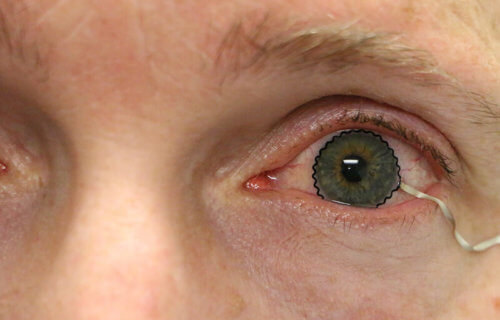
WEST LAFAYETTE, Ind. — Could contact lenses become the next digital “wearables” capable of monitoring one’s health? Engineers, physicians and investigators from Purdue University are collaborating to integrate electronic sensors into standard contacts. The patented technology discreetly detects ocular physiology used to diagnose and treat various diseases of the eye.
In March of this year, researchers began study trials for these groundbreaking contact lenses capable of detecting ocular health issues.
“This technology will be greatly beneficial to the painless diagnosis or early detection of many ocular diseases including glaucoma,” says co-author Chi Hwan Lee, an assistant professor of biomedical engineering and mechanical engineering at Purdue, in a statement. “Since the first conceptual invention by Leonardo da Vinci, there has been a great desire to utilize contact lenses for eye-wearable biomedical platforms.”
In earlier attempts, the biosensors needed a harder structure than the flexible surface of standard contact lenses to properly function. So researchers devised a novel method for attaching superfine and flexible biosensors to pliable, standard lenses.
The technology adheres to the lenses by fluid, making it perfectly compatible with the natural environment of the eye. The electronic sensors of the lenses, which sit on top of the cornea, are capable of detecting variations in the retina at the back of the eye, which means they span the entire eye for tiny changes that may be linked to diseases. Moreover, the technology enables overall detection free of superficial anesthesia commonly needed to prevent pain and enhance safety.
“This technology will allow doctors and scientists to better understand spontaneous retinal activity with significantly improved accuracy, reliability, and user comfort,” says Pete Kollbaum, the Director of the Borish Center for Ophthalmic Research and an associate professor of optometry at Indiana University, who is leading clinical trials.
The findings are published in the journal Nature Communications.
